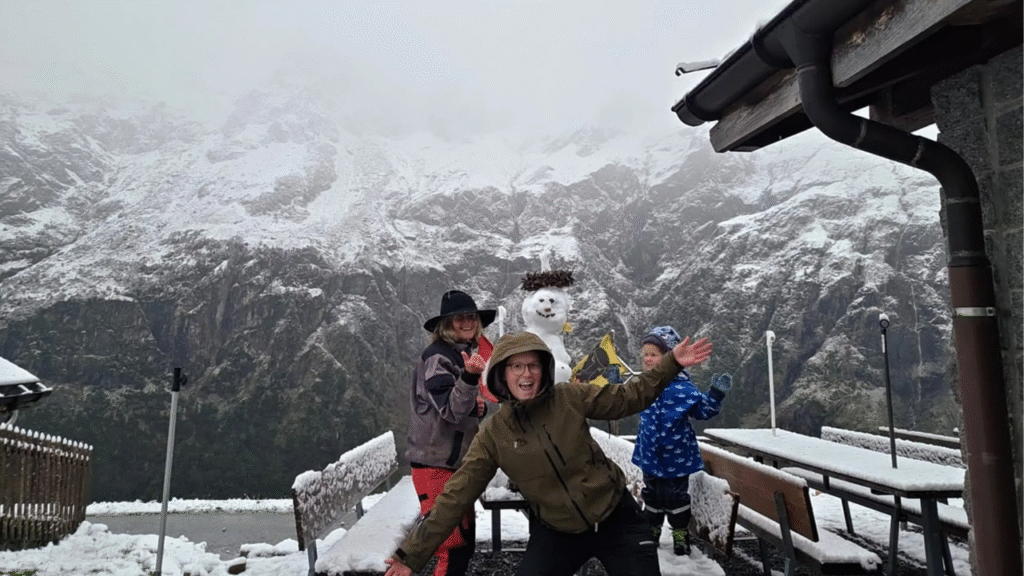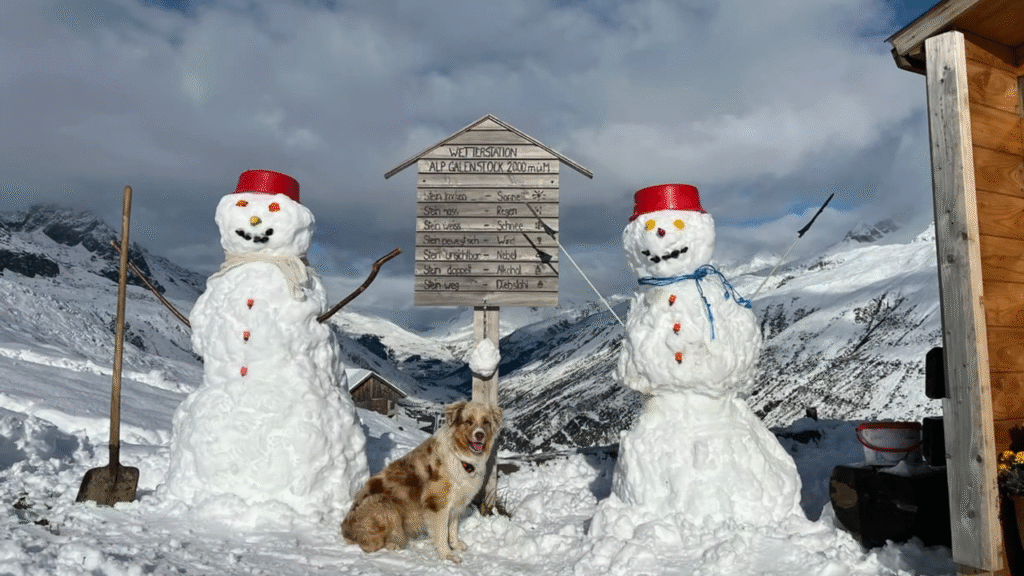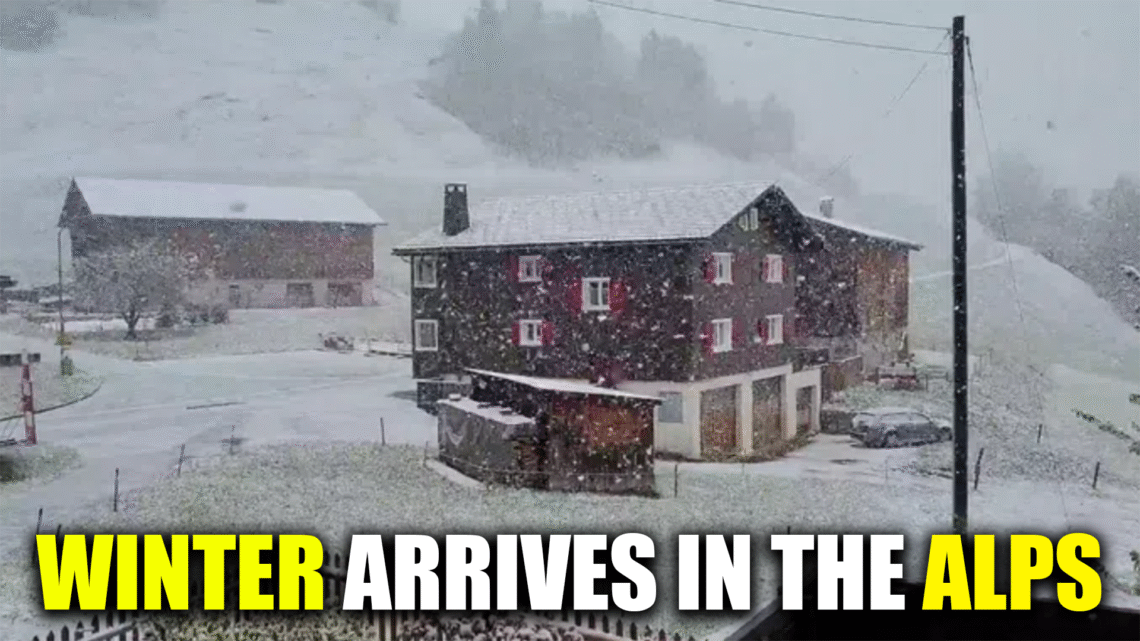Alps snow has always been a symbol of Europe’s natural beauty. From skiing holidays to breathtaking mountain views, it defines the region. But this year, snow fell in the Alps during the summer months, grabbing worldwide attention. While tourists marveled at the unusual weather, scientists warned that it tells a bigger story about climate change and long-term decline in snowfall. The Alps’ fractured white crown reveals both beauty and crisis.

Why Alps Snow in Summer Went Viral
Summer snow in the Alps looks magical. Hikers and tourists found themselves surrounded by sudden white landscapes, and social media amplified the images. But experts caution that these isolated events don’t reverse the century-long decline in snowfall. Instead, they highlight how unpredictable the climate has become.
Real-Life Example
In July 2024, Swiss webcams showed thick snow covering mountain villages overnight. Locals shared videos, and global outlets reported the rare sight. The excitement, however, hid the truth: overall, Alpine snow is vanishing.
(Related reading: European Alps Climate Report)
A Century of Declining Alpine Snow
Historical Trends
Between 1920 and 2020, snowfall decreased by nearly one-third. Below 2,000 meters, rain often replaces snow. Melting starts earlier, reducing snowpack stability.
The Role of Climate Change
European mountains are warming at faster-than-average rates. Warmer air holds more moisture, shifting precipitation from snow to rain. This means fewer lasting snowfalls, even when summer storms occur.
(See also: Impact of Global Warming on Mountain Regions)
Why Declining Alps Snow Matters
Tourism and Economy
The Alpine ski industry generates billions. Shorter seasons now threaten livelihoods. Resorts increasingly rely on artificial snow, raising costs and energy use.
(Explore more in our article: “Future of Ski Tourism in Europe”)
Energy and Water Supply
Snow acts as a natural reservoir, releasing water gradually. When snow declines, hydroelectric power drops. In 2025, reduced snowmelt led to lower electricity generation across Europe. Drinking water, agriculture, and industries also suffered shortages.
Natural Ecosystems
Snow protects alpine plants and animals. Without it, ecosystems destabilize. Some species may disappear as their natural cycles break down.
Case Study: How Swiss Ski Resorts Adapt
Lower-altitude resorts in Switzerland are already closing. To adapt, some focus on summer tourism with hiking and biking. Others expand snowmaking, though it uses significant resources. This mixed response shows the pressure communities face.
(Related story: “Adapting Alpine Resorts to Climate Change”)
Strategies for Living with Less Snow
Community-Level Adaptation
- Develop year-round tourism options.
- Improve water storage systems.
Government-Level Solutions
- Support clean energy alternatives to offset hydro losses.
- Invest in research and forecasting.
Individual Actions
- Travel sustainably to the Alps.
- Support businesses adopting eco-friendly practices.
FAQs About Alps Snow and Climate Change
1. Why did it snow in the Alps during summer?
Cold weather systems can cause temporary snowfalls, especially at higher altitudes.
2. Does summer snow mean climate change isn’t real?
No. Long-term studies clearly show a steady decline in Alpine snow despite isolated events.
3. How much snow has the Alps lost?
About one-third of snowfall has disappeared over the past 100 years.
4. Why does Alps snow matter for Europe?
It supports tourism, provides water, and powers hydroelectric plants that serve millions.
5. Can we stop the decline?
Global emission cuts and local adaptation strategies can slow the pace, but urgent action is needed.

Conclusion
Snow in summer looks stunning, but it masks a worrying reality. Alps snow has declined by one-third in a century, reshaping tourism, energy, and ecosystems. The Alps’ fractured white crown is a warning signal of climate change. Protecting this snow means protecting water, power, and livelihoods for millions. Future generations will judge how we respond to this challenge.




